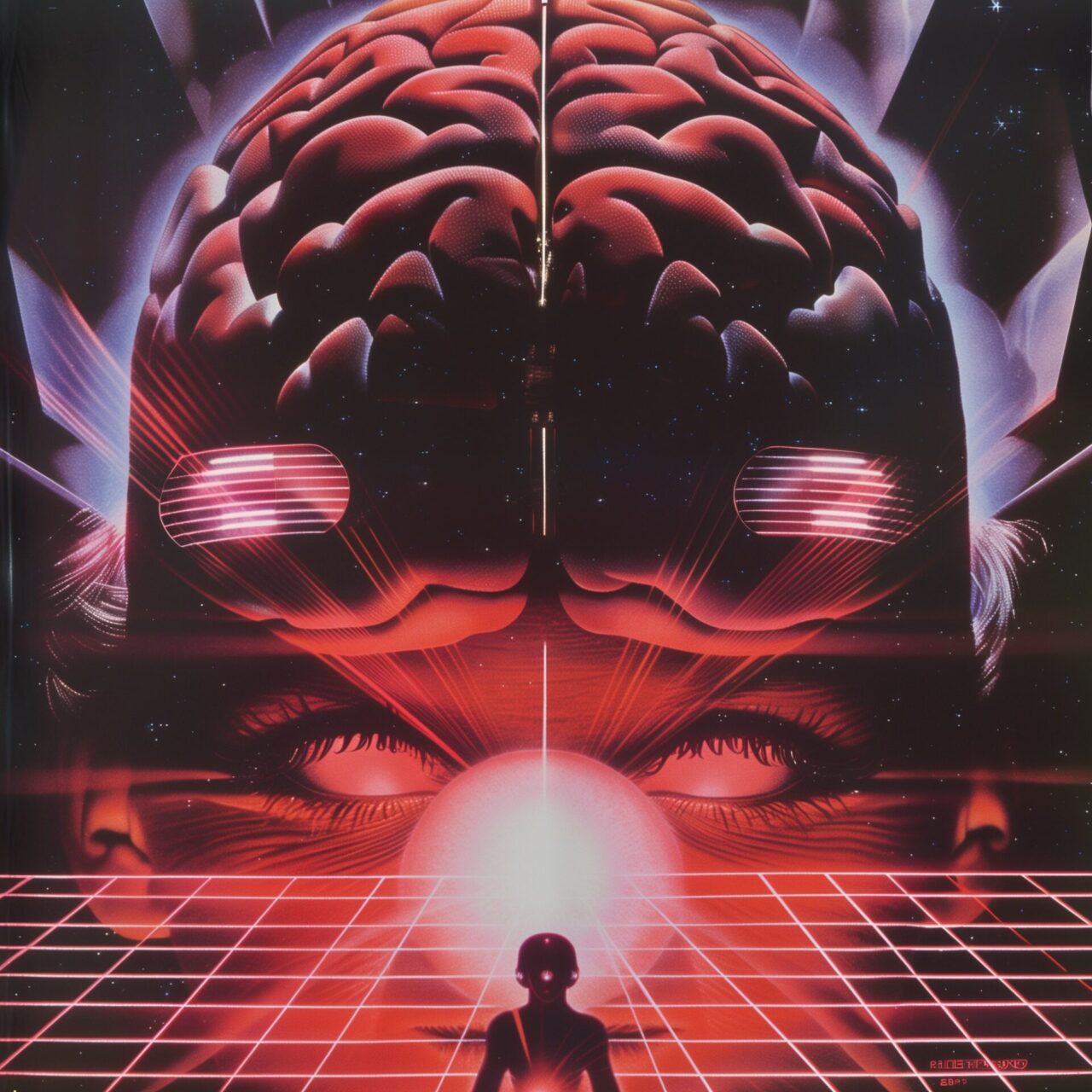
Fallout
In the world of “Fallout”, one of the genre’s best-known and most iconic video game series, history has taken a different turn after the Second World War. This fictional universe, first introduced by Interplay Entertainment in 1997, offers a satirical and nostalgic vision of the future, fuelled by the aesthetics of the 1950s and the fears of the Cold War.
The world before the fall
In the world of “Fallout”, the cultural development of the USA stagnated somewhere in the 1950s. Although technologically advanced, with flying cars and domestic robots, social norms and political discourse remained stuck in that era. This retrospective vision of the future reflected a time in which nuclear energy was considered a panacea and at the same time the fear of nuclear annihilation was omnipresent.
The Great War
The central turning point that led to the dystopian world of “Fallout” was the “Great War” of 2077, a global nuclear exchange that lasted just two hours and took place on 23 October of the same year. Within a very short space of time, countless nuclear bombs turned the earth into a barren, irradiated desert. The causes were deep-rooted geopolitical tensions, scarcity of resources and a fatal escalation process between the major powers, which ultimately led to the catastrophic nuclear war.
In between: 200 years of change
The immediate years following the “Great War” were characterised by chaos and destruction. The survivors, often severely contaminated and without access to basic resources such as clean water or food, struggled to survive. Social structures collapsed and humanity fell into a new dark age.
Rise of the Vaults
Vaults played a crucial role in this post-apocalyptic world. These underground bunkers, built by the fictional Vault-Tec Corporation, were originally designed as shelters, but quickly developed into social experimentation fields. Each Vault followed its own, often ethically questionable, experimental protocol, ranging from environmental manipulation to psychological control. These experiments were intended to provide data to research the survival of humanity under extreme conditions.
Emergence of new societies
Over the decades, new forms of society developed from the remnants of the old world. Raider gangs, trading cities and even feudal-looking states emerged. Technology remained a rare commodity, often only in the hands of the powerful. The “Brotherhood of Steel”, a techno-religious military organisation, is an example of groups dedicated to the preservation and control of pre-War technological artefacts.
Cultural renaissance and technology
Despite the decline, the need to survive led to innovation and a rustic renaissance of technology and culture. From the restoration of old technologies to the reinvention of governance models, the world of “Fallout” showed an astonishing adaptability and resilience.
The world of “Fallout” serves as a dark but fascinating projection screen for our fears and hopes about technology, war and human nature. It warns of the dangers of over-reliance on nuclear power, but also emphasises the human ability to survive and evolve even in the worst of conditions. Combining retro-futurism and dystopian elements, “Fallout” offers not only entertainment, but also food for thought about our world today and possible futures.


